With only a short boat ride from Sabah’s capital, Kota Kinabalu in Malaysian Borneo, the island of Gaya is a healing refuge for men and creatures.
From the deck of a speedboat scuttling along at 25 knots, I saw Kota Kinabalu, or KK as locals would refer to, in a hazy silhouette. It was only a matter of minutes until Sabah’s capital disappeared from my view, gently melting in the surrounding colors of blue and green and invigorating patches of turquoise.
The saliferous water saturated the September air as the motor’s engine mercilessly tore the waves that hindered our path to the Tunku Abdul Rahman Marine Park in Malaysia’s sliver of the island of Borneo.
Somewhere in this vast expanse lying 6°N and 116°E of the equator is a place that calls out to you.
I have been here once. I still remember the stilt houses of sea gypsies and my trip to the Kinabatangan River, Malaysia’s second-longest waterway rife with wildlife. Playful pygmy elephants laze around and feed along its river banks as hornbills hover above. Then there were the treks along the war memorial trail that often lead to uncharted jungles with the unsettling prospect of running into headhunters and blowpipes.
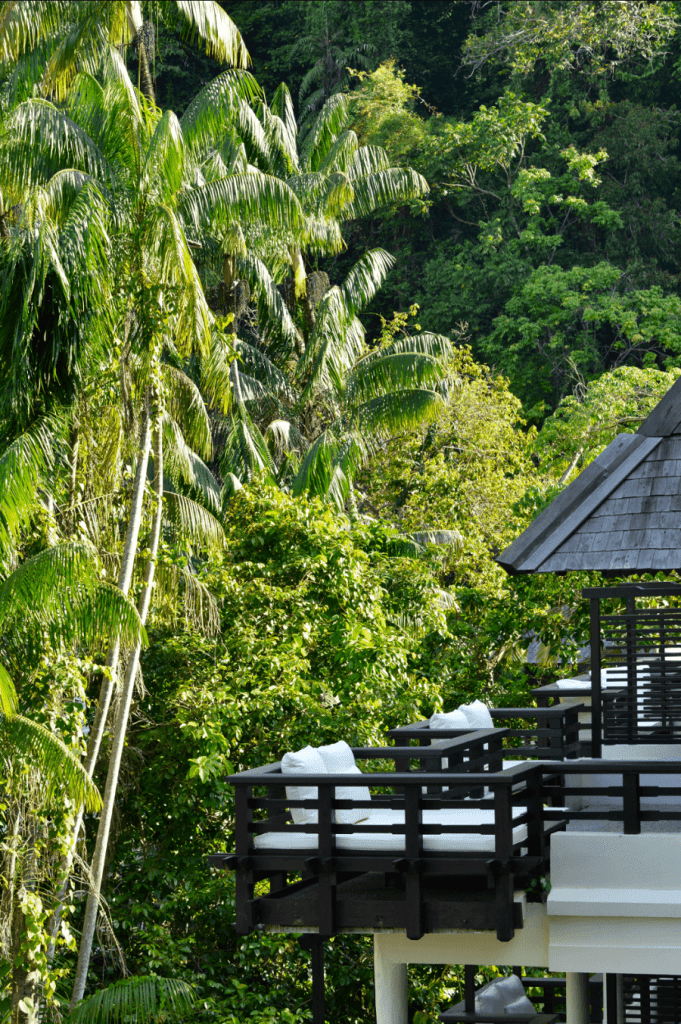
As I looked out to the open sea, its redolent vistas began to feel existentially familiar. It seems nothing has changed since my last sojourn except that this time it’s going to be a different experience.
The Malaysian Borneo is primarily mountainous with impenetrable areas of ancient rainforest, but just off the coast of Kota Kinabalu, an approximate 15-minute boat ride lies Gaya Island in Malohom Bay.
The Sabahan captain, who I think could not have been more than 25 years old, directed our attention to a throng of bright multicolored clown and parrot fish glistening like jewels under the midday sun as our boat kissed the side of the jetty.
A minute later, I found myself on an island swaddled by lush rainforest tumbling into the South China Sea, swarming with diverse marine life and coral reefs. On my left, fronds and foliage swayed and fluttered under a cerulean sky. Looming over the horizon, is the stunning silhouette of the highest mountain in the Malay Archipelago – Mount Kinabalu.
Cocooning in a canopy villa perched atop a hill with leafy views of the jungle and a teasing outlook of the ocean on one side, I pretended that I was in some Rudyard Kipling novel. Each villa reflected a tribal vibe with heady design influences from Sabah’s indigenous inhabitants—the Kadazan, Dusun, and Dayak people.
It was not so long ago when the resort first welcomed inveterate travelers who set foot on the island in pursuit of an enriching retreat – both self and nature. More than just a hidden escape, Gaya Island Resort by Malaysia’s prestigious YTL group serves as the island’s caretaker, carrying out environmentally sustainable practices and conservation initiatives with its marine and wildlife center in the Tunku Abdul Rahman Marine Park.
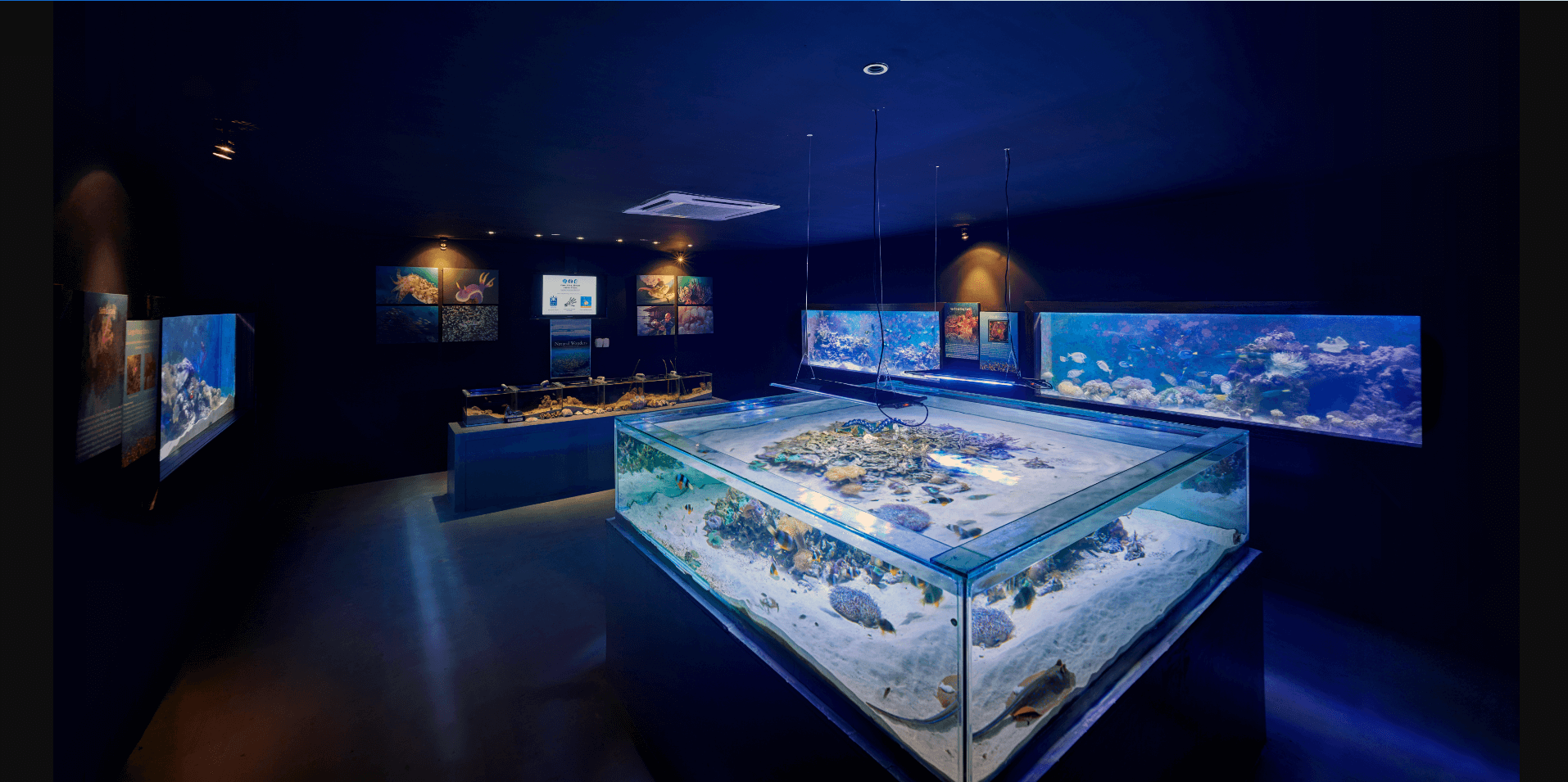

Named after Malaysia’s first Prime Minister, Tunku Abdul Rahman, the three-kilometer protected area is Sabah’s second national park. It consists of five beguiling islands with names that suggestively tell a story – Manukan (which means fish), Sapi (the sound produced by a mowing buffalo), Sulug (in honor of the Sulu people of Sabah), Mamutik (a shell collection) and Gaya (loosely translates as the big one). Once part of the Crocker Range massif, the islands ended up separating from the mainland right after the last ice age.
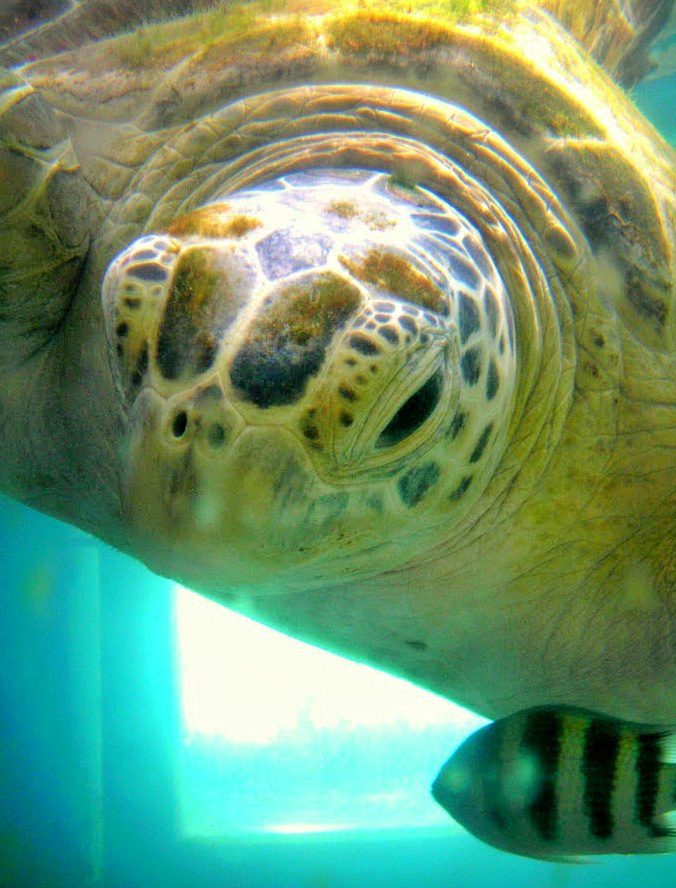
Among the rocks and mangroves stood towering trees with roots suspended in midair. As if on cue, monkeys would swing from one branch to the next, stirring up iguanas in their afternoon slumber and herons on migratory rest. Wild boars rummaging in the thicket, snakes and monitor lizards are all too familiar sights as one ventures deeper into the jungle. Somewhere in this natural sanctuary, brings man and nature even closer. Oftentimes, these relationships develop as bonds.
The first time I laid eyes on “Bobby”, a rescued sea turtle, I felt a shared kinship. His origin was unknown. Although the fishermen that found him floating almost lifeless on sea for days believed that he must have drifted from the north of Sandakan near the Sulu Sea. They brought the sick sea turtle to the resort to be nursed back to life.
Sea turtles often mistake plastic debris for jellyfish and ingest them as if they were food. This leads to serious health complications and possible death.
When not doing a guided trek into the jungle or snorkeling, I found myself visiting Bobby several times during my stay. After a six-month healthy recovery, he will soon be free to go back to where he is happiest. I learned later on from the resort’s resident marine biologist that despite having one inoperative limb, Bobby will live for a long time and so will his kind as long as humans cease harming the ocean.
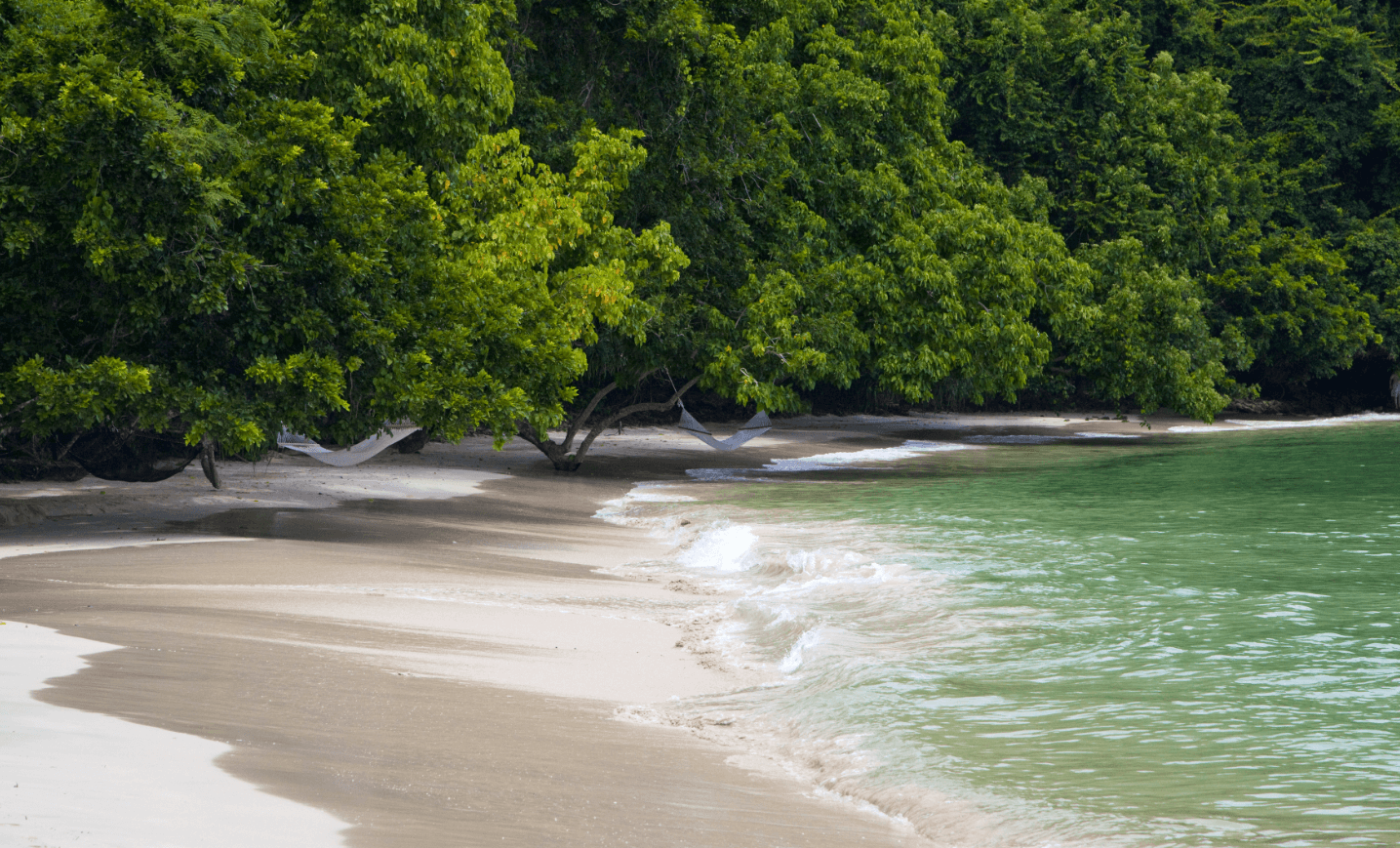
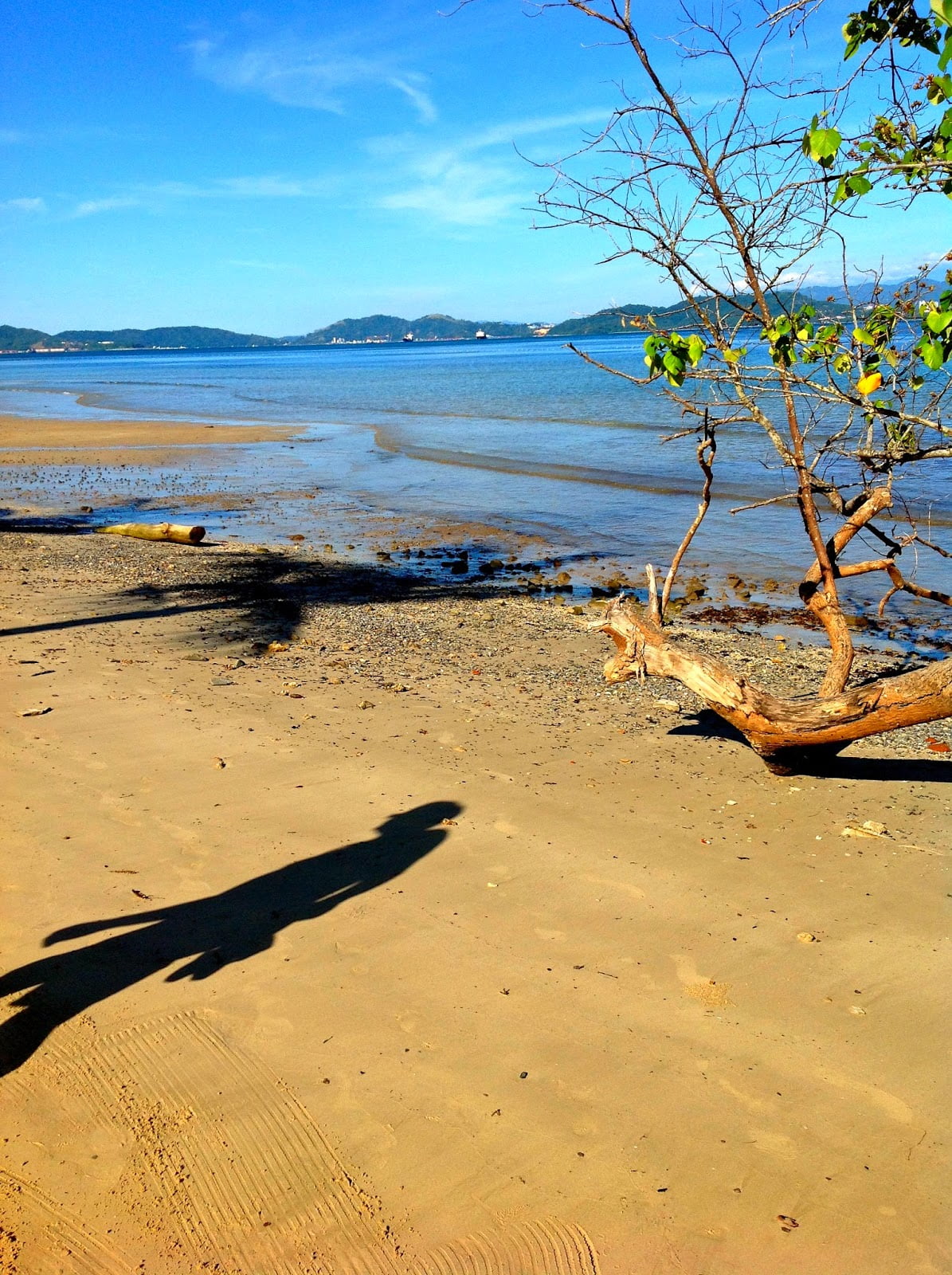

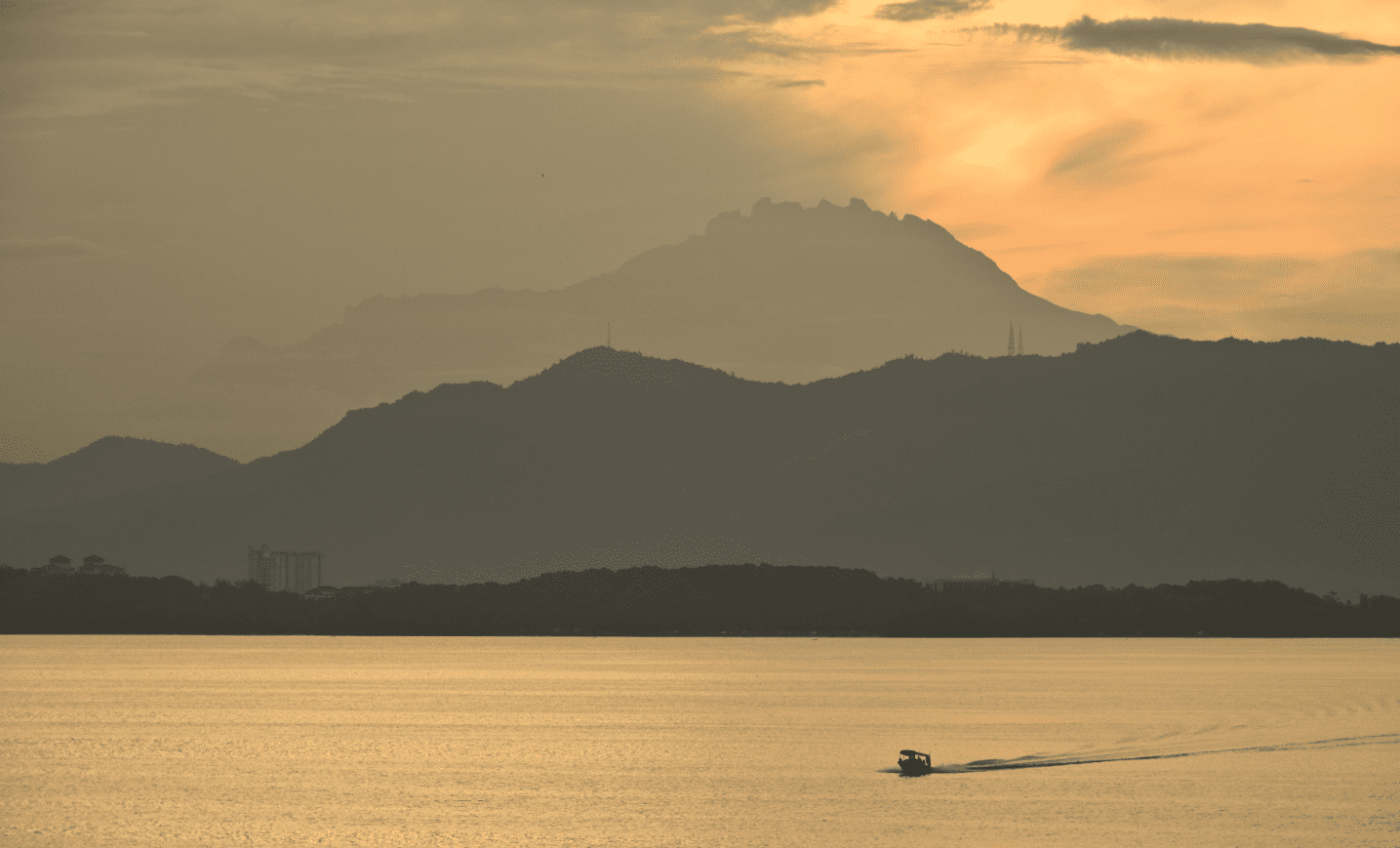

While Bobby, the sea turtle, was enjoying his rehab program, I had signed up for one of my own: lazed by the pool, a Piña Colada and a book in hand; went out for an afternoon picnic nibbling on local delicacies served from earthen skillets; hopped on a yacht to catch a sweeping sunset; and retreated to a private beach in Tavajun Bay, a stone’s throw away from the resort.
On the island, time is set by the push and pull of the tides. To detach from the quotidien as well as to unwind in its lull and rhythm. The island’s idea of contemplative conversation and self-reflection. As I looked out onto the open sea, I thought about the creatures, the resident caretakers of the island and of Bobby. I wondered what his reactions would be when it’s time to finally return home.
The night came softly that evening, sweet as nectar and sticky as sappy wax from a tropical tree. The sky was full of stars, and the waning moon timidly lit the hushed landscape. After two days of bliss and sun-dappled moments, my bags were all packed except for my travel diary, just stubbornly waiting to be put away.
BUTTER MY BAGUETTE
This website made of love strives to produce FREE CONTENT.
Help me tell more stories and keep this website free of any advertisement by supporting Flying Baguette in inspiring more people and connecting you with other cultures and communities around the globe. Donate a little or as much as you can afford to keep the magic of Flying Baguette going for years to come. Share your support through the icons below ⬇️
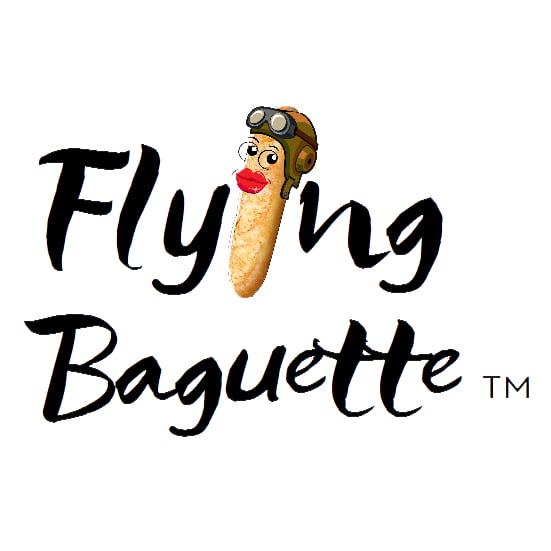

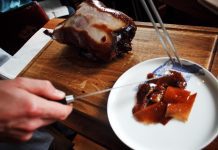
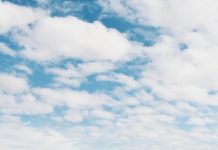


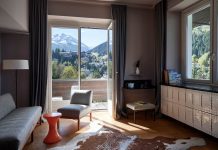
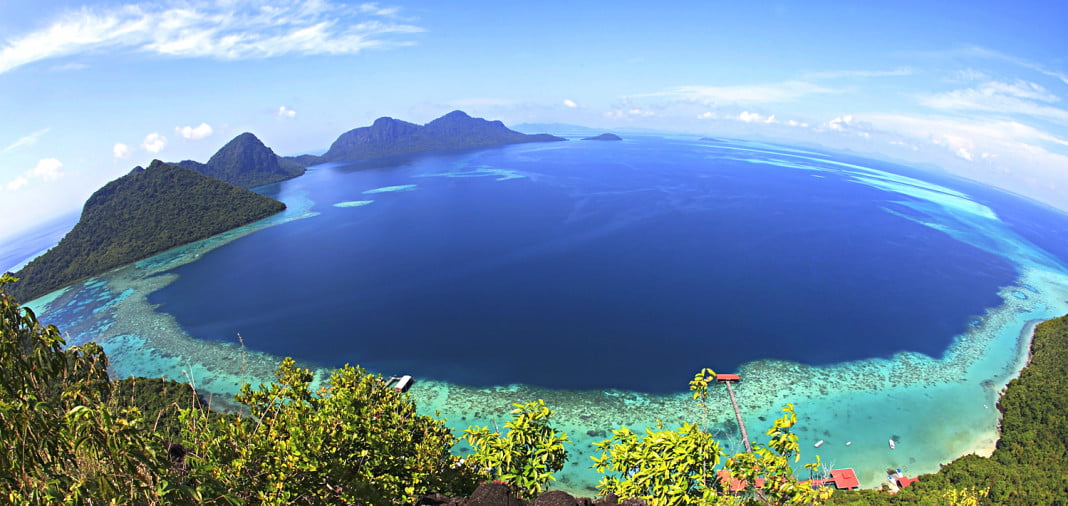
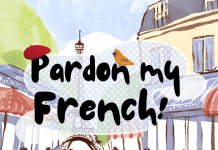
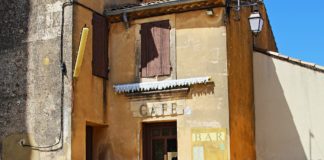
What a pristine place to visit. This sounds right up my alley! Beautiful beaches to relax by and nature to observe. I love that they nursed the sea turtle back to health – and that you visited him a few times. I can’t belive you had the strength to leave this idyllic paradise after two days. That would be difficult!
Borneo is truly a paradise on earth when it comes to biodiversity and natural beauty.
It would be fabulous if, once and for all, human beings realized that wildlife must be protected for the good of the planet.
Fortunately, there are rehabilitation centers for endangered animals that allow them to be rehabilitated and later returned to the wild.
Let’s hope Bobby has a happy life in freedom!
Bobby lives! But where is his picture??? I loved hearing his story and the happy ending to it. Still sad that so many sea creatures get affected by our carelessness. Great to learn that there are rescue fascilities and centres onsite, I often get the impression South Asian countries do not care too much about animal welfare, so hearing about their conservation efforts is positively encouraging.
Carolin | Solo Travel Story
Piña coladas, mesmerizingly peaceful views, tropical island life and beautiful local animals. Sounds like paradise to me. Reading about Bobby makes me both sad that things like that can happen to a turtle just looking for food, and happy that the rehabilitation was successful. It must have been nice to get to know him while visiting.
I was on the island of Borneo but only got to Brunei in the north.
I so wanted to get into the jungle area and explore the beaches but time constraints meant I had to limit what I could do on the island.
The photos here are beautiful, were creative and shows the majestic scenery to its best.
Sound like the visit to see the sea turtle was a well worth it and a good opportunity to connect with nature.
A dear Malaysian friend has been encouraging me to visit this area for years. You’ve convinced me. I won’t meet Bobby but that’s a very good thing. What a great story of rehabilitation and care from the locals. The beaches are beautiful and look like the perfect place to while away a couple of hours.
Lyn | http://www.ramblynjazz.com
We have long wanted to visit Borneo to see the national parks and explore its dense and fascinating jungles. Although the orangutans are best known as the primary draw, as they are probably the most famous residents, the other wildlife is so important to this amazing ecosystem. It was lovely to learn Bobby’s story and about his rehab, with the glad news of his imminent release back to the sea. Gaya Island resort looks to be a wonderful place to stay and it is so great that it also serves as a marine and wildlife centre as well as striving to be sustainable. Thank you for introducing us to this amazing place – one day we will see it for ourselves!
Mitch & Colin from Very Tasty World